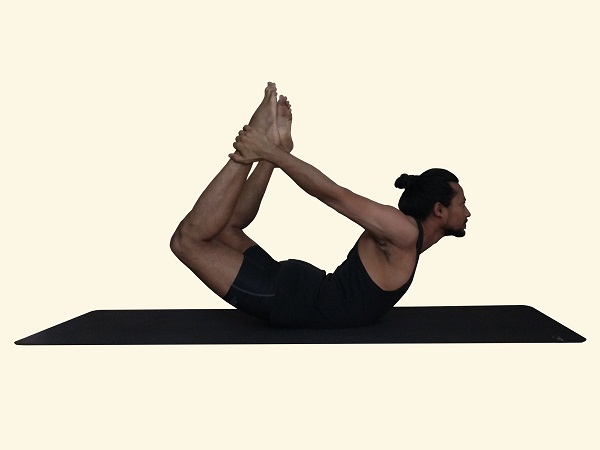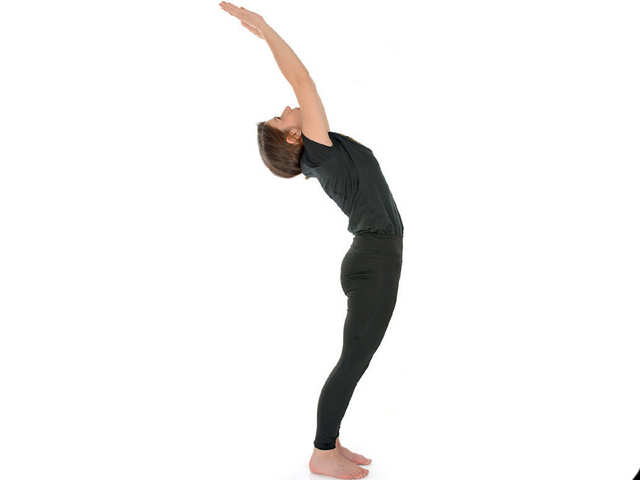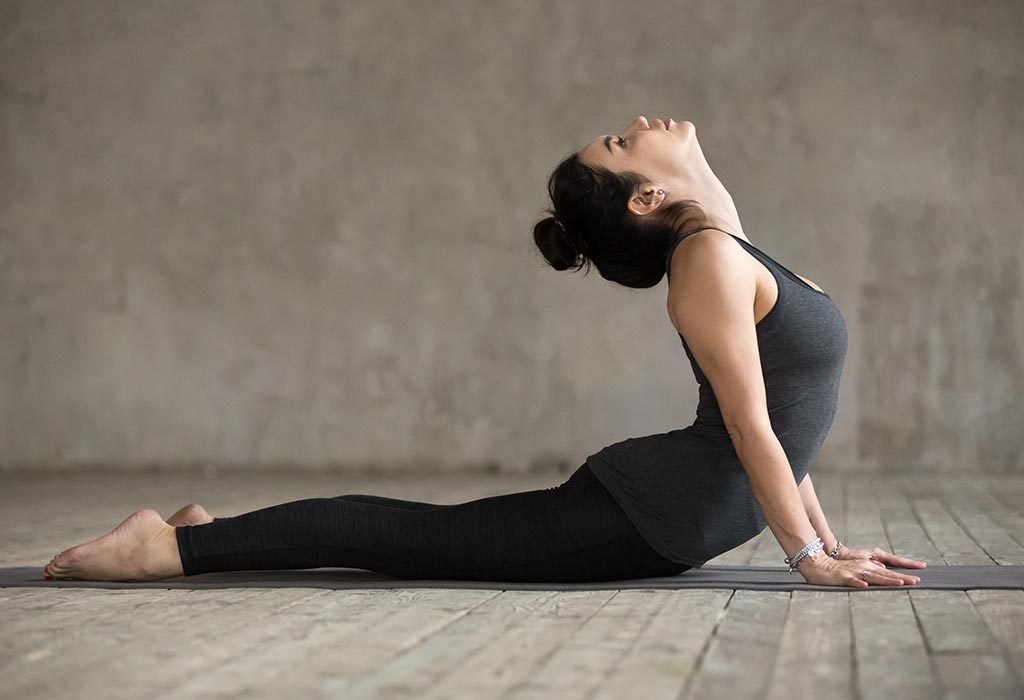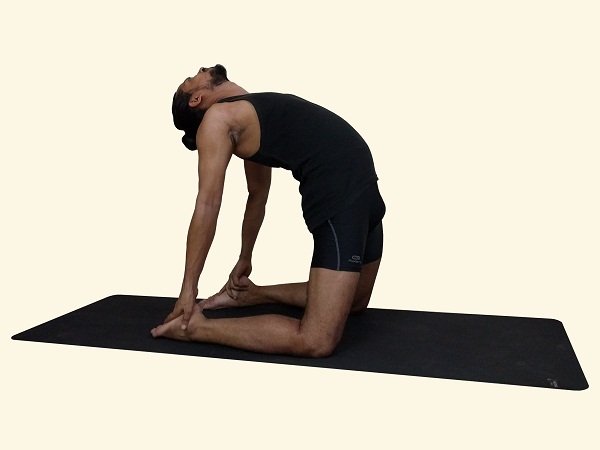Yoga asanas to strengthen your lungs
Yoga asanas have always been known as the way to a perfectly healthy life. In the current situation, physical and mental well-being has become more important than ever and Yoga comes with just that! It’s high time to resort to yoga if you haven’t already. Lungs are the most commonly and severely attacked organ by the COVID-19. While you’re giving your best for better immunity, learn these yoga asanas to strengthen your lungs.
Many tend to think of Yoga as a set of exercises, however, it is actually a way of life. A way that is disciplined, healthy and marked by its unison with nature around us.
Ardha Chandrasana

Stretching the upper chest region, the Ardha Chandrasana helps with diseases like Asthama, chronic obstructive pulmonary disease and GERD. It improves the health of the skeletal system.
- Stand straight and take a step forward with your left leg. Bend your knee and stretch the right leg back such that the toes and knee touch the floor. You can place the palms on the floor to get the balance.
- Stretch your arm over your head, inhale and bend looking upwards.
- Keep the pose as long as you’re comfortable.
- Repeat by changing the legs.
People with these conditions should avoid this asana: Headaches or severe migraine, eye strain, varicose veins, diarrhea, insomnia, low blood pressure, back or shoulder injury and weak knees and legs.
Dhanurasana

Dhanurasana strengthens your diaphragm, thighs, abdominal muscles, back muscles, chest muscles and arms. It also relieves menstrual discomfort and constipation.
- Lie down on your stomach.
- Bend your knees to hold your ankles.
- TInhale and try to balance your stomach by lifting your thighs and chest.
- Hold the posture for a while and exhale.
- Rest your knees, thighs and chin on the ground slowly before repeating.
People with these conditions should avoid this asana: High or low blood pressure, migraine, insomnia and serious lower-back or neck injury.
Hastha Uthanasana

Hastha Uthanasana is one of the poses in the Surya Namaskar sequence. It expands your chest and ribcage to facilitate full intake of oxygen. It also improves digestion and provides protection from the loosening of the skin.
- Stand in Samasthiti.
- Stretch and raise your arms.
- Put your palms together.
- Align your head between your arms.
- Inhale and bend back while keeping your knees straight.
People with these conditions should avoid this asana: Vertigo, high blood pressure neck, pregnancy and hip, shoulders or spinal injury.
Bhujangasana

Bhujanga in Sanskrit stands for snake thereby Bhujangasana literally means snake pose and is also famously called Cobra pose. Again a pose in the sequence of Surya Namaskar. It stretches the chest and lungs, shoulders, and abdomen.
- Lie flat on your stomach and place your palms under the shoulders.
- Put your feet together and stretch your toes.
- While inhaling, lift your shoulders, chest and head.
- Broaden your shoulders and hold the position.
- Slowly exhale.
People with these conditions should avoid this asana: Severe asthma, stomach disorders like ulcers, pregnancy, back problems relating to the neck or spine.
Ustrasana

Usht means camel in Sanskrit, hence, this asana is also known as Camel post. Ustrasana stimulates the respiratory system, thyroid gland, relieves backache and increases blood circulation to the brain.
- Kneel on the mat with hands on your hips and toes pointing backward.
- Arch and place your arms on your feet, keeping your arms straight.
- Let the head hang backward and keep the position for some time.
- Exhale and come back to the initial position.
People with these conditions should avoid this asana: High blood pressure, fatigue or weakness, shoulder arthritis or injury. Pregnant women and people with back and neck issues should practice this asana only under proper guidance from an expert.
Khand Pranayama

Khand means part or piece in Sanskrit. Khand pranayama is practiced by dividing one’s breath into 2 parts – inhalation and exhalation. It increases the lung’s capacity to take in oxygen and improves stamina. This pranayama has limitless benefits and it is said that it should be started at the age of 3 itself. However, anytime is a good time to start it, you may start with practicing it for 1-2 minutes a day and then gradually increase with time.
- Sit comfortable and straighten your back.
- Place your palms on your knees.
- Inhale and divide your breath into two equal parts.
- Exhale in two parts.
People with these conditions should avoid this asana: High or low blood pressure, back pain, heart diseases or conditions and acidity. You must also avoid this asana if you have undergone surgery recently and start only after consulting your physician.
You’d be surprised but doing these simple asanas daily will improve your lung and overall health greatly. If you haven’t practiced yoga yet then this might be a good time to start. As experts are claiming, the waves of the Covid-19 pandemic will keep hitting us so go ahead and start building strength in your lungs. Let us know in the comments below!

